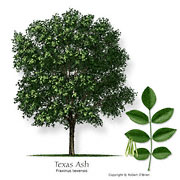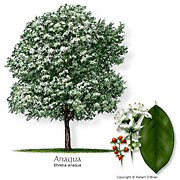texas ebony tree problems
Texas Ebony blooms clusters of creamy puffball flowers in the late spring in Phoenix. Texas Ebony is a densely foliaged spiny evergreen shrub or small tree.

Texas Ebony Tree Horticulture Unlimited
When night time temperatures drop below 45 degrees we suggest that you place the tree on a windowsill or on a table in front of one.

. Prune only a few side branches until the crown is at the desired height. Up to 20 cash back PLACEMENT SPRING SUMMER FALL. Also known as mescal bean the Texas mountain laurel Dermatophyllum secundiflorum syn.
While it needs care and watering when young this tree can survive the driest conditions once established. Losing leaves stresses the tree so water the soil as with all bonsai allow it to get nearly dry before watering it again. So if you know of cases of Texas root rot in your neighborhood I would advise growing another type of tree.
Many plants found in nature survive in overly moist soils heavy clay and poor water infiltration. A short list might include Vitex agnuscastus Chaste Tree Caesalpinia cacalaco Cascalote and Bauhinia mexicana Orchid Tree. Its root system is aggressive shallow and rather pliant which makes the tree very unstable.
It is very shrub-like. Wear protective clothing when working with this tree as its stipular spines are very sharp. As a bonsai Texas Ebony tolerates normal room temperatures but if it.
Water established Texas ebony trees twice a month in the summer and monthly in the winter. Tiny 2 to 3 millimeters long dark reddish-brown adult female beetles tunnel into twigs branches or small tree trunks excavating a system of tunnels in the wood or pith in. Palo verde borer beetles are a problem with Texas ebony in Phoenix during summers.
Their fur is dark brown or black and adult roof rats can grow to anywhere from three to eight inches long with hairless scaly tails that are even longer than their bodies. When used for patios and gardens its thorns must. Texas ebony trees will sprout best if grown in a warm bright area.
The thorns provide security where needed. Water the container or planting site regularly to keep the soil moist until germination which can take up to two months. Texas Ebony Ebenopsis ebano formerly classified as Pithecellobium flexicaule is slow-growing reaching 25 feet tall and 20 feet wide.
All in all these factors add up to a tree not hardy enough to withstand years of exposure to the elements so any cottonwood you plant may come down sooner rather than. We have a Texas Ebony that is very messy dropping pods and their berries plus lots of small leaves on our patio. It also has a weak wood structure.
Preferring well-drained alkaline soils Texas Ebony will thrive in full sun with little water once established. It will go slow or dormant with cold it is from Texas Texas will go cold. Can be difficult to work on account of its density but turns superbly and able to take a very high natural polish.
Continue to water the seedling two to three times per week until it begins to establish. Free of serious pests and diseases Use and Management. One note of caution this tree is quite susceptible to Texas Cotton root rot a fungal disease that infects the roots.
Plant Guajillo tree in the fall in full sunlight and in well-drained soil. It features a twisted but picturesque canopy of dense dark-green foliage and dons fragrant cream to yellow flower puffs in early summer and sometimes again in fall. Asian ambrosia beetle Xylosandrus crassiusculus is a newly introduced species that attacks healthy stressed or freshly cut elm pecan peach Prunus species oak sweetgum and other trees in east Texas.
Small sprinklings of water frequently like 10 minutes daily on a sprinkler for example not only keep the roots shallow which significantly shortens the life of the tree but will begin rotting away at themwhen roots die back leaves and branches die back. Unknown Verticillium wilt susceptibility. Texas ebony is a slow-growing and beautifully spreading tree that needs an appropriately large landscape space in which to slowly and gracefully mature.
This tree also has a combination of undesirable root characteristics. Mature Texas ebony trees are drought tolerant and require little tending. For example roof rats are known as black rats and are a bit smaller sleeker and darker than Norway rats.
Texas ebony produces seedpods that are about 3 to 6 inches long which drop from the tree and can create a mess if the tree is planted near a driveway or walkway. Guajillo is a small spreading tree that grows to 12 feet tall by 12 feet wide. Slow growing it can reach up to 30 feet 15 m in height with a spread of 15 feet 45 m but it often stays much smaller than that.
An exciting element of Texas Ebony trees is the twisting branches that give it personality and make it easily noticeable when it is. The Flowering Texas Ebony will thrive indoors in high light and appreciates being kept outdoors during the spring and summer. Not a problem Winter interest.
When looking for trees for use in limited root areas think of soil type and drainage. Sadly though Texas ebony is often mis-cast in the landscape as a small feature. Distinctive thorny zig-zagging branches create a wild appearance in youth but older trees.
Although Texas ebony is an evergreen that needs little water it will lose its leaves briefly in late spring if you dont irrigate it. It likes full sun and well-drained alkaline soils. Their eyes and ears are a bit larger than those of Norway rats.
Khaimraj Grower of a Texas Ebony since 1980 or so. The Texas ebony grows in acidic alkaline loamy moist sandy well-drained and clay soils. This versatile tree is valued for both its specimen quality in patios and gardens or as a screen or barrier plant.
You may have removed too much of the roots for feeding the tree and the leaf drop may be a response. If you have observed the soil for the last two years this should be no problem. There are many desert dwellers who will tell you that the most attractive tree you can grow here is the Texas Ebony.
Light frequent water is never good for trees especially an arid species like this. Guajillo is drought-tolerant surviving on low amounts. Calia secundiflora formerly Sophora secundiflora ranges from Texas through the American Southwest and down into Mexico.
Falling seedpods create litter that may be a problem in high traffic areas. In nature TE will tolerate temperatures to the low teens. These sun-loving drought tolerant trees produce strong canopies during growth making these burly trees able to tolerate strong winds.
Besides the standard health risks associated with any type of wood dust no further health reactions have been associated with Texas Ebony. The Texas Ebony is an outstanding tree that easily fits into any landscape. Texas ebony trees will sprout best if grown in a warm bright area.

Heritage Farmstead Museum In Plano Texas Plano Farmstead Things To Do

October Glory Maple Tree Dallas Texas Treeland Nursery Autumn Blaze Maple Shade Trees Flower Garden

Pithecellobium Texas Ebony Archives Desert Gardening 101
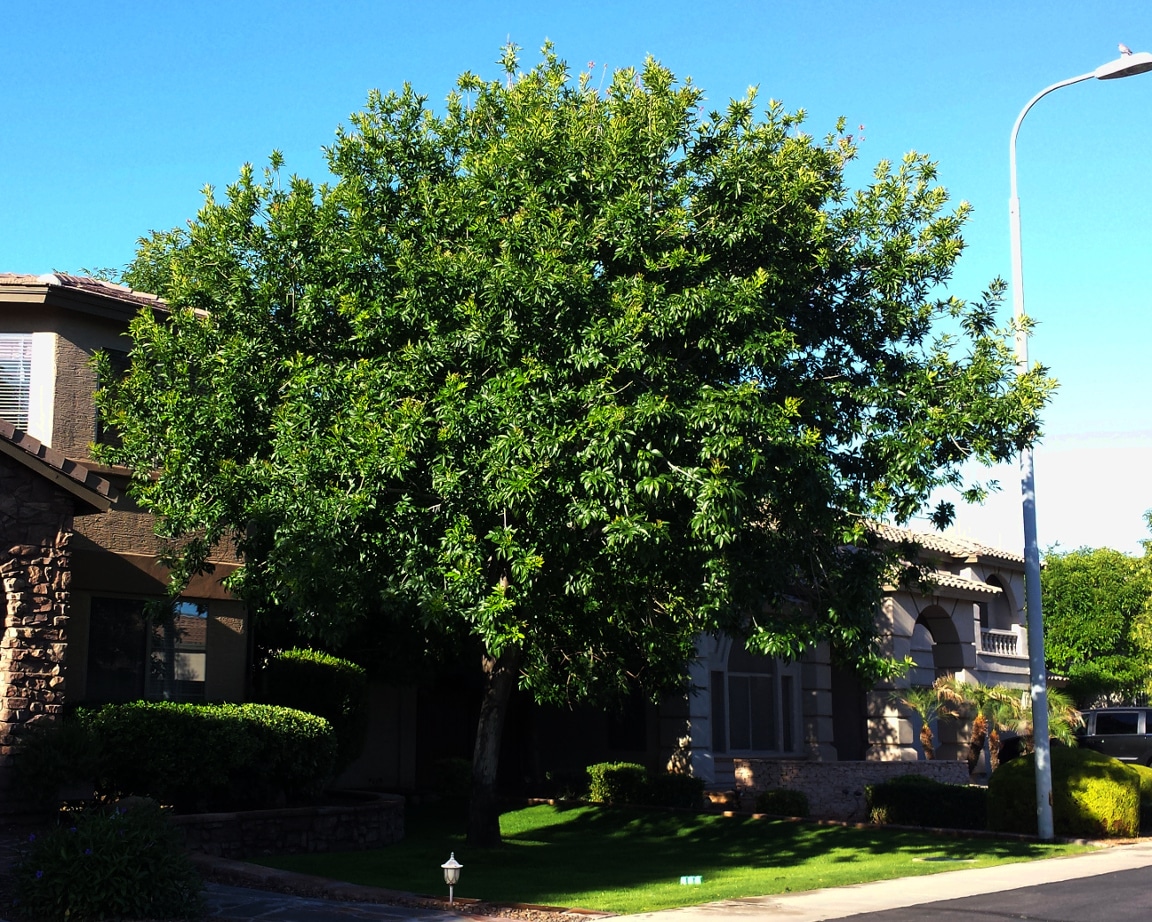
10 Worst Trees To Plant In Austin Lawnstarter
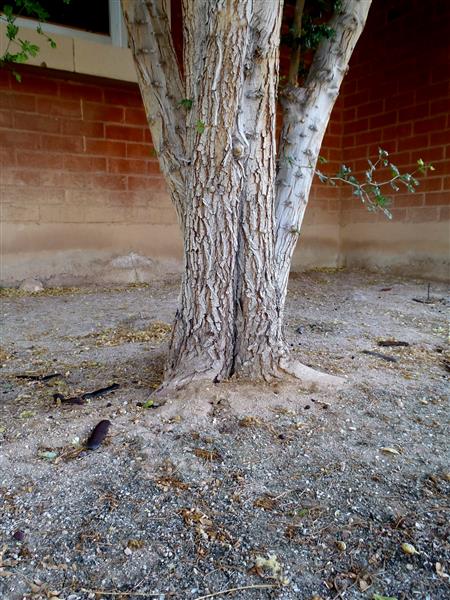
Find Trees Learn University Of Arizona Campus Arboretum

Landscaper S Trademark Ramblings From A Desert Garden Desert Garden Landscape Garden Gates

Texas Ebony Galveston Island Tree Conservancy

Texas Ebony Galveston Island Tree Conservancy

Pithecellobium Texas Ebony Archives Desert Gardening 101
Texas Ebony Tree In Dormant State After Snow Storm What Can I Do Will It Leaf Out Again R Plantclinic

Find Trees Learn University Of Arizona Campus Arboretum
Enh642 St483 Pithecellobium Flexicaule Ebony Blackbead
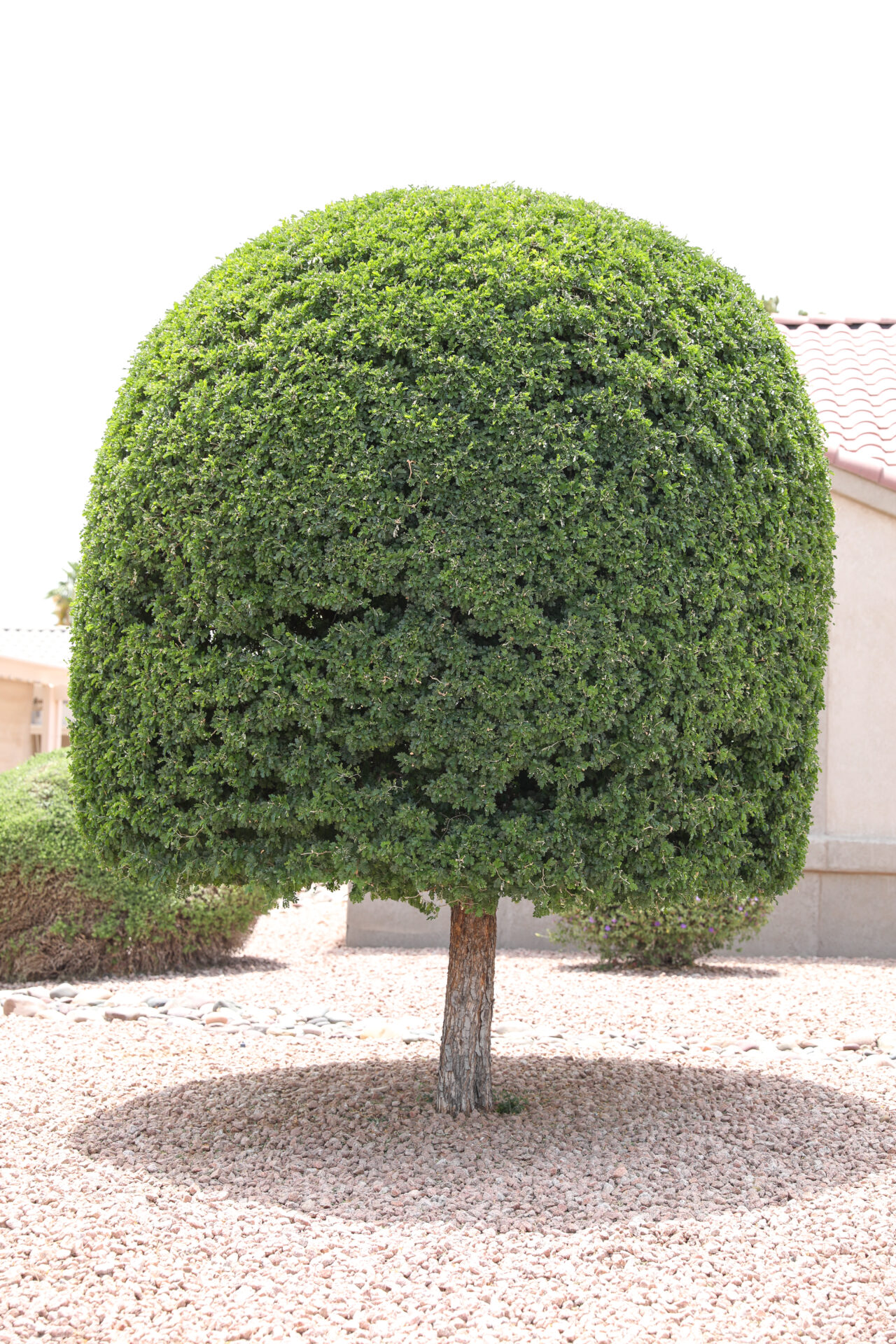
Texas Ebony Elgin Nursery Tree Farm Phoenix Az
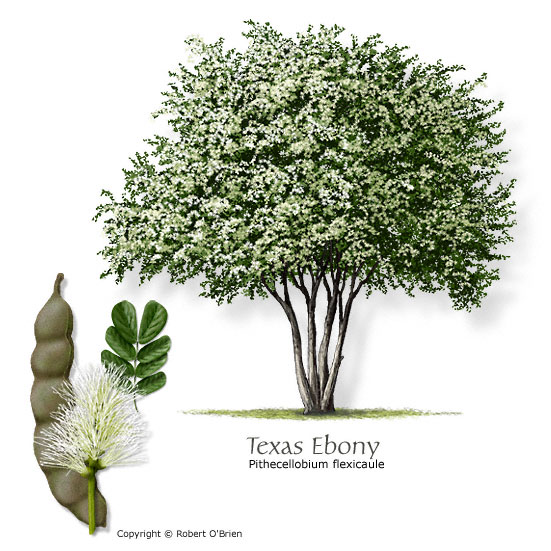
Texas Tree Selector Tree Description

